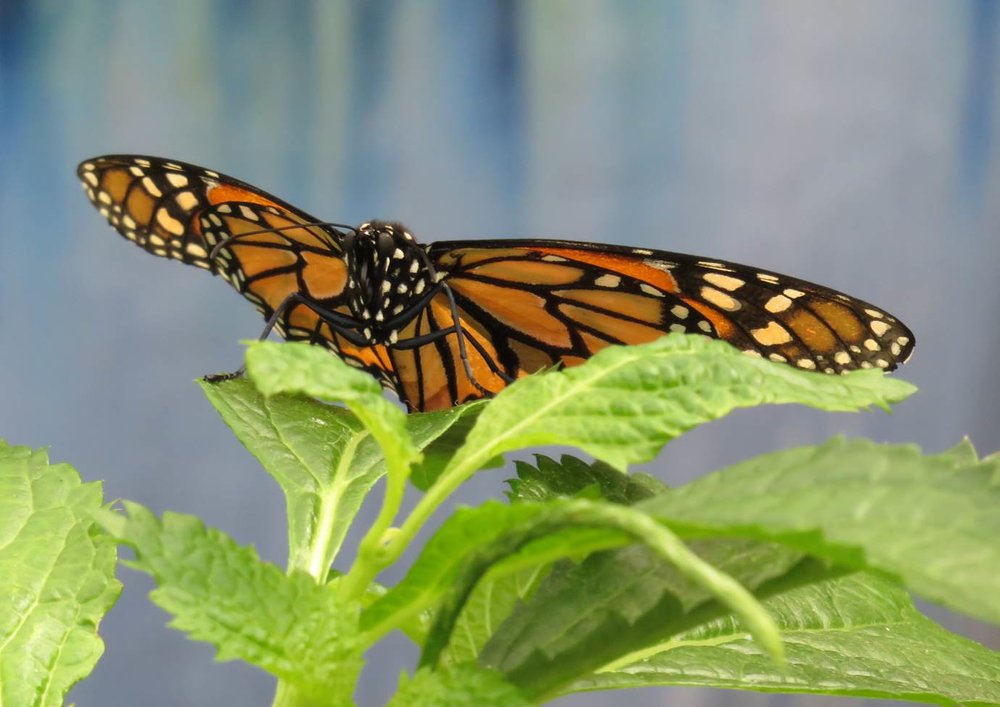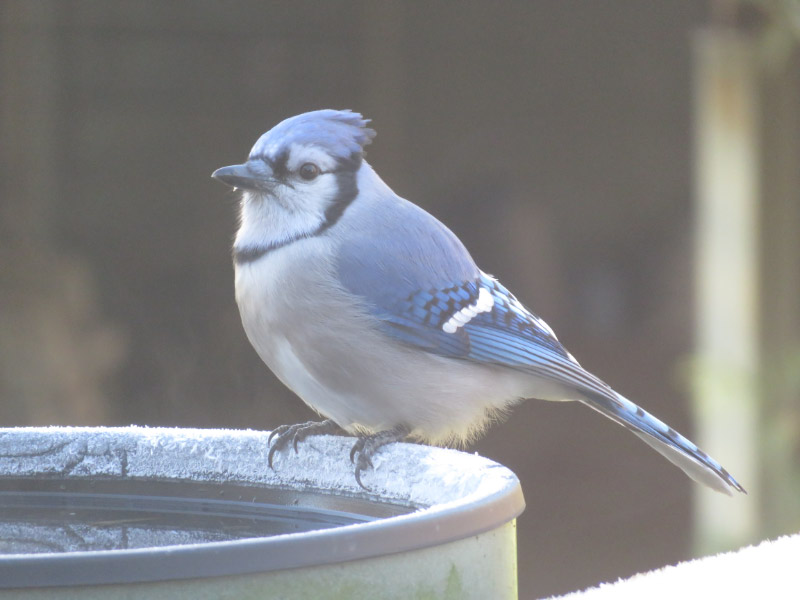Gleanings of the Week Ending July 23, 2016
/The items below were ‘the cream’ of the articles and websites I found this past week. Click on the light green text to look at the article.
Microplastics – a cause for concern – Lots of questions…only a few answers. It seems like there have been a lot of articles on the topic recently.
Biodiversity has fallen below ‘safe’ levels – We don’t actually know what the ‘safe’ limit is…but do we want to actually find out when there is no recovery? This report is pointing out that 58% of the world’s land has lost more than 10% of its biodiversity. 10% biodiversity loss is the value that was deemed ‘safe’ limit within which ecological function is relatively unaffected.
Early preschool bedtimes cut risk of obesity later on – Another good reason for preschoolers to be regularly tucked into bed by 8 PM!
Electricity generated with water, salt and a 3-atoms-thick membrane –
Splattered Watercolor Paintings Capture the Beautiful Vibrancy of Delicate Flowers – I like just about everything botanical…eye candy too.
Jupiter and Juno – What do we already know about Jupiter’s chemistry? – An infographic from Compound Interest – background for understanding what we already know about Jupiter’s chemistry and what we hope to learn about it from Juno.
From the Earth’s Oceans (images) – From The Scientist. These images reminded me of how different live in the oceans really is than what we experience on land.
Photo of the Week (from The Prairie Ecologist) – Actually – several photos…of little things that thrive in the prairie.
How Type 2 Diabetes Affects the Brain – Two recent studies that have increased our understanding of the cognitive effects of diabetes – refining not only the description of effects but also how the structures of the brain are changed by diabetes.
Yeast emerges as hidden third partner in lichen symbiosis – Wow! This is something I’ll include in my talk with hikers about lichen. They are always fascinated that lichen grows on rocks and tree trunks….that it’s a combination of fungus and algae…and now we can add that there is usually a yeast there too that is often the part producing chemicals to defend the other two organisms in the symbiotic relationship (and sometimes it changes the appears of the lichen too)!


























